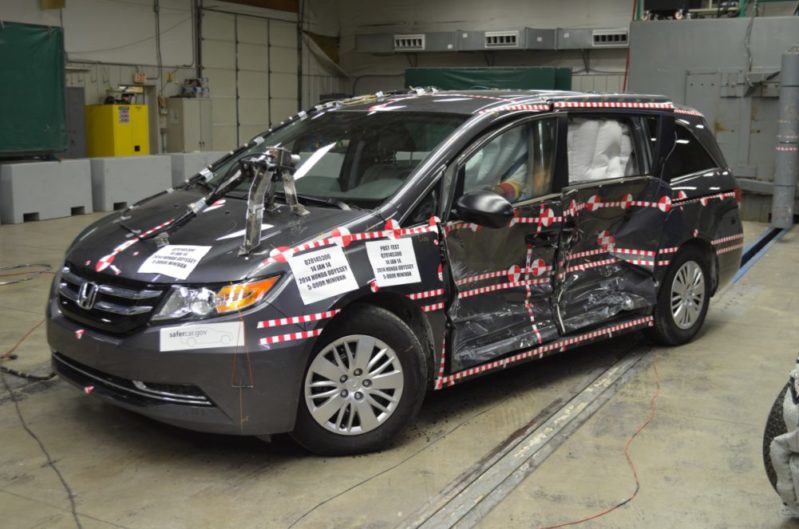
Side impact collisions are among the most dangerous kinds of collisions we ever face in a passenger-sized vehicle. In order to keep our loved ones safe if we’re ever unfortunate enough to be involved in a t-bone, it helps to have some of the latest technology on our side. To that end, I’ve spent the last several years compiling lists of vehicles in various classes with the best crash test performance in side impacts to help parents and families make better new and used buying decisions. Previous articles in this series are below:
Side Impact Safety in 2015
The safest cars for side impact survival.
The safest minivans for side impact survival.
The safest small cars for side impact survival.
The safest SUVs and crossovers for side impact survival.
Side Impact Safety in 2016
The safest small SUVs and crossovers for side impact survival.
How dangerous are side impact collisions compared to frontal or rear collisions?
To put it simply, side impact collisions are the collisions that are most likely to take your life or the life of a loved one, when compared with front-, and rear-end collisions. From doing the math in an earlier post on side impact collisions, we know that even though only around 1 out of every 5 collisions involve side impacts, they lead to 1 out of every 3 vehicle occupant deaths in multiple vehicle collisions. In comparison, basically 1 out of 2 collisions involve frontal impacts, which lead to around 1 out of every 2 multiple collision deaths. Even more dramatically, while more than 1 out of every 4 collisions are rear enders, they only result in around 1 out of every 12 multiple collision deaths.
Looking at the numbers shows us side impacts are the collisions most likely to be fatal, even though they’re the least common. Knowing this, it’s worth figuring out how to reduce our risks of dying from one.
How to keep from dying in a side impact collision – what options do we have?
Unfortunately, if you live in the United States, you live in a country that isn’t the most willing to make changes to make our roads safer for everyone. In the US, you can drink much, much more before you’re considered drunk than you would in many parts of Europe (where the driver death rates are lower). Similarly, you don’t really have restrictions on how big your vehicle can be, regardless of how little experience you have as a driver. This isn’t the case in a number of other countries. You also live in a country that turns a blind eye toward many speed limits and is vehemently opposed to traffic cameras, despite their prevalence in countries with lower crash death rates. And of course, you’re also in a country where it’s hard to travel long (or short) distances inexpensively without driving.
I’ve written about some of these issues in past articles, such as one on why Swedish roads are among the safest in the world, and another on why driving in Europe is safer than driving in the US. I’ll have more articles soon about the things we can learn from other countries when it comes to driving safely (e.g., learning from Norway when it comes to child safety, looking into why Iceland has so few traffic deaths per year, and what Norway does differently to make its roads among the safest in the world for all drivers).
However, until we’re willing to make a number of necessary changes, if you’re invested in keeping your family safe from death in t-bone collisions, I’d recommend you:
1.) Avoid driving (e.g., by using public transportation or by cycling or walking…eventually this leads to a critical mass where everyone is safer).
2.) Limit driving (by the same measures above and by combining trips).
3.) Drive the most side-impact-resistant vehicles possible.
Ultimately, to truly bring an end to side impact collisions, as well as to all collisions, we’re going to need to be forced to invest in the first two measures. I’d consider self-driving or autonomous vehicles to be part of “avoiding driving,” even though those aren’t going to eliminate collisions completely until the vast majority of vehicles on the road are no longer being driven by humans (the critical mass argument).
However, unless you’re in a position to completely follow step 1, you’ll need to focus on 2 and 3. Step 2 isn’t always feasible either, so this post focuses on Step 3, and deals specifically with choosing the safest minivans available for side impact protection in the US in 2016. I realize 2016 is close to an end, but this is also means this is the best time of the year to get discounts on current year models if you’re interested in the latest technology. Fortunately, as you’ll see below, you don’t always need the newest vehicles to be as safe as currently possible. You just need to know who’s doing the best job.
Calculating which minivans are the safest for side impact collisions by structural integrity (crush distance)
I’ve written about the math behind these calculations in previous posts, such as in the relevant articles on surviving side impacts in cars, minivans, and SUVs and crossovers, so hop back to those articles to read about this in detail. The short version is that the IIHS runs a side impact test. It simulates a 3300 lb SUV crashing into the side of a vehicle at 31 mph, or 143.7KJ of kinetic energy. Every vehicle deforms somewhat at the B-pillar when absorbing such an impact, and there’s a subscore in the IIHS test known as the “structure and safety cage” looks into how close the B-pillar intrudes into the center of the driver’s seat during the collision. Less intrusion is better. Let’s see who has the least intrusion right now in the minivan market.
I searched through the test scores of every minivan currently available in the US to make this best-of list. Keep in mind that the IIHS continually updates their side impact information while gathering additional information, so in a few months, it’s likely that these numbers may be slightly different, and I’ll have another article to reflect those changes. All data is accurate as of late October 2016, and all images are either from yours truly or courtesy of Wikipedia.
The 7 safest minivans for side impact collisions in 2016
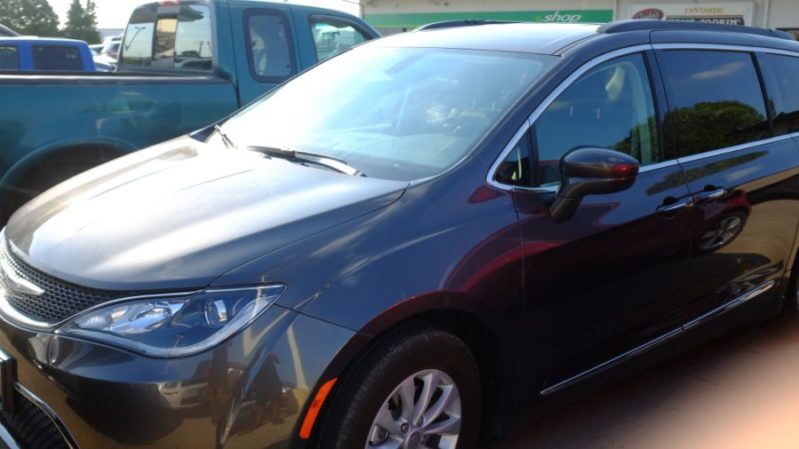 19.5 cm – 2017 Chrysler Pacifica.
19.5 cm – 2017 Chrysler Pacifica.
Chrysler pulled out the stops with the newly released Pacifica when it came to safety design. This is the safest minivan in the United States today when it comes to side impact crash survival, based on its 19.5 cm of crush protection. It’s notable that this score only place the Pacifica among the top 6 cars for side impact protection at the time of that article. However, given the additional ride height of the Pacifica compared to that of the average car, it would have additional advantages in a side collision that aren’t visible in this metric.
The 2017 Chrysler is also only one of two minivans (the other being the 2017 Kia Sedona) currently rated by the IIHS as a Top Safety Pick+ due to strong performance in optional superior-rated front crash prevention in addition to moderate and small overlap, side, and roof scores. It will be interesting to see where the Pacifica ranks in driver death rates when next compiled by the IIHS in a few years, as the Pacifica has every appearance of being a well-designed vehicle from a safety standpoint.
My full 3 across car seat guide to the Pacifica is available here.
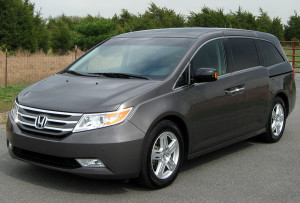 18.5 cm – 2014-2016 Honda Odyssey.
18.5 cm – 2014-2016 Honda Odyssey.
Hot on the heels of the Pacifica is the current generation of the Honda Odyssey with 18.5 cm of intrusion resistance. The Odyssey’s performance generally matches Honda’s claims several years ago before the debut of the current generation Odyssey, when they promised a 3.7x improvement in side intrusion resistance compared to the ’05-’10 Odyssey. That generation Odyssey offered 6 cm of resistance, so Honda’s claims were a bit far-fetched (the improvement was closer to 3.1x), but mostly accurate. That generation had an estimated driver’s death rate of 18.
Honda stepped up their performance here in the ’11 model year, for which the IIHS estimated the Odyssey to have a zero driver death rate, which is a nod to the overall strong track record of this vehicle and its drivers. It was only the second minivan to achieve this honor after the ’08 Sienna. Having compared the Sienna and Odyssey before, I’d place the Odyssey in the lead as one of the safest minivans in the country in a range of other measures as well.
My full 3 across car seat guide to the Odyssey is available here.
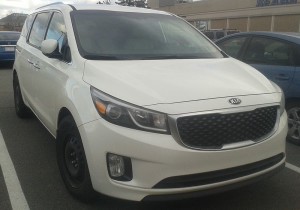 14.5 cm – 2015-2017 Kia Sedona.
14.5 cm – 2015-2017 Kia Sedona.
The newest version of the Kia Sedona is an impressive vehicle all around, with strong safety scores in every area and a good amount of side intrusion protection. The Sedona is well worth considering as an alternative to the Odyssey and Sienna for anyone interested in a safe and reliable minivan. The 2017 edition is also one of only two minivans currently rated by the IIHS as a Top Safety Pick+ due to featuring optional superior-rated front crash prevention in addition to good scores in moderate and small overlap, side, and roof scores.
My full 3 across car seat guide to the Sedona is available here.
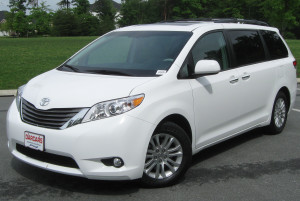 14-15.5 cm – 2014-2016 Toyota Sienna.
14-15.5 cm – 2014-2016 Toyota Sienna.
Despite having one higher intrusion score than the Sedona at 15.5 cm vs 14.5 cm, I placed the Sienna after the Sedona due to its also having a lower score at 14 cm in a separate test. It’s better to be conservative when it comes to issues of life and death, after all. The Sienna is a solid vehicle but continues to struggle with its head on collision passenger injury measures as tested by the NHTSA, and I wouldn’t recommend it before the Odyssey or Sedona. The ’11 Sienna also had a disappointingly high driver death rate of 27. In comparison, the previous generation, as I’ve noted above, had a DDR of 0 for the ’08 model year.
My full 3 across car seat guide to the Sienna is available here.
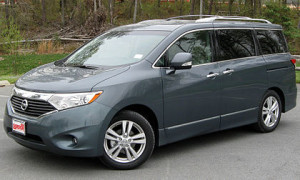 12 cm – 2016 Nissan Quest.
12 cm – 2016 Nissan Quest.
I’ll be honest; I forgot to include the Quest at the start because Nissan sells so few of them. However, it still deserves mention given how few choices we have in the US for minivans. The Quest is the only vehicle on this list that doesn’t have a “good” roof score (it’s “acceptable”), and it also has a dreadful “poor” small overlap front score that Nissan would do well to address.
It’s worth noting that Nissan did make some improvements to the Quest’s side impact performance in 2016; the 2011-2015 edition had a lower side impact intrusion score of 10.
My full 3 across car seat guide to the Quest is available here.
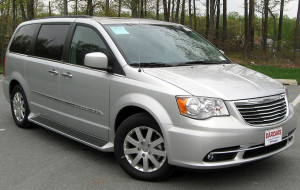 8-10.5 cm – 2011-2016 Chrysler Town & Country / Dodge Grand Caravan.
8-10.5 cm – 2011-2016 Chrysler Town & Country / Dodge Grand Caravan.
The most affordable, yet least reliable minivans in the country are the Chrysler twins: the Town & Country and the Dodge Grand Caravan. I wouldn’t recommend this minivan unless you were simply unable to purchase any of the aforementioned ones, simply due to how prone it is to needing repairs. There are better–and safer–vehicles out there. The Chrysler/Dodge minivan continues to suffer from a poor small overlap score, and is the only vehicle on the list to not feature at least an acceptable score in that test. The ’08-’11 twins had near identical DDRs at 25 and 27, respectively.
My full 3 across car seat guide to the Town & Country is available here while my Grand Caravan guide is available here.
How to choose a minivan to keep you safe in side impact crashes
In conclusion, the current crop of minivans is much smaller than the current crop of cars available in the United States; you really only have 7 models to choose from, and 2 of those are the same vehicle in different trim levels, which brings your realistic choices down to 6. Of these, I’d only actually recommend 4. This isn’t like with the cars, where you have an embarrassment of riches to choose from in terms of intrusion resistance.
To put it simply, if your top priority is all-around safety and you’re buying a new minivan, buy a Pacifica, an Odyssey, or a Sedona. If you can’t buy any of those, buy a Sienna. And if you can’t buy a Sienna, buy a used Odyssey, Sienna, or Sedona. Prior to the 2011 generations of the Odyssey and Sienna, the Sienna was the superior vehicle, but that changed with the 2011 generations. Time will tell if it changes back again.
It’s also worth noting that the side impact intrusion metric is just one that I happen to be looking at in the complex web of factors that interrelate in car safety overall, or even in side impact protection in particular. The 8-10.5 cm in the Chrysler twins isn’t particularly bad, even though it’s nowhere near the best in minivans, never mind among all vehicles on the road right now. It’s very worth noting that the ’08 Sienna, which was the first minivan to achieve a zero estimated driver death rate, had 8.5-9.5 cm of side impact intrusion, which would have made it the third-lowest vehicle on the list here. However, that Sienna also had front torso airbags, which the Chrysler twins at the time did not.
We can’t control everything. The safest option is still not driving at all, followed by driving as little as possible. But if you’ve got to drive, drive safely, and do your best to choose a safe vehicle. To that end, my safe family vehicle analyses for cars and SUVs are worth reading.
I hope you enjoyed reading this as much as I enjoyed writing it. It’s exciting to see where we’re headed in vehicle safety these days. I’ll have followup articles soon comparing comparing car and SUV safety along the same metrics. Stay tuned, remember to avoid common mistakes parents make with car seats, and check out some 3 across car seat guides while you’re here.
If you find the information on car safety, recommended car seats, and car seat reviews on this car seat blog helpful, you can shop through this Amazon link for any purchases, car seat-related or not. Canadians can shop through this link for Canadian purchases.

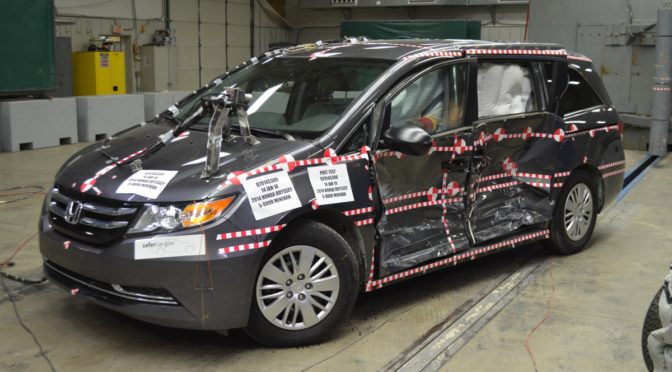

 Who
Who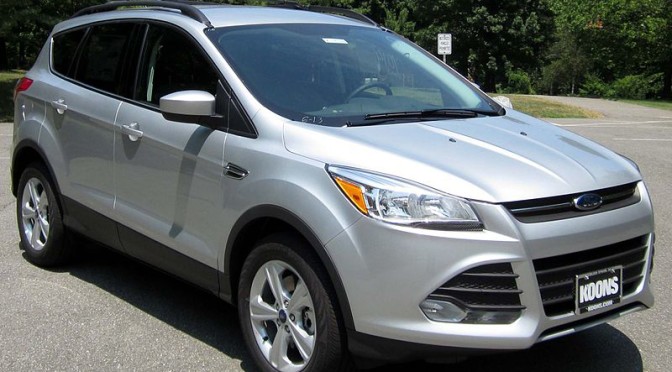

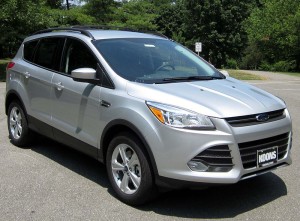 19.5 cm –
19.5 cm – 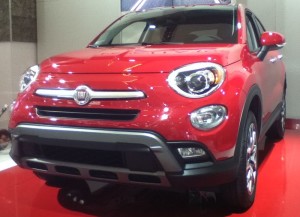 19 cm – 2016 Fiat 500X.
19 cm – 2016 Fiat 500X.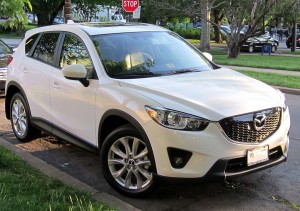 18.5 cm –
18.5 cm – 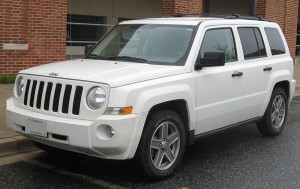
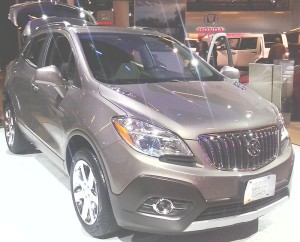 15.5 cm –
15.5 cm – 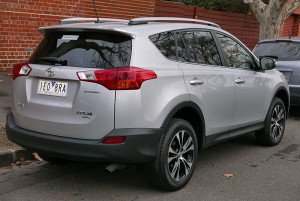
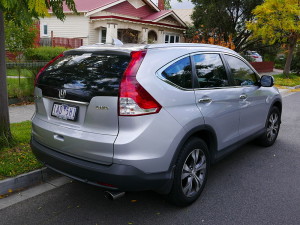
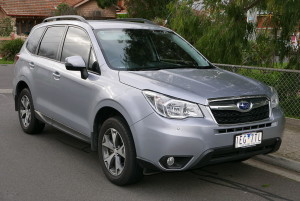
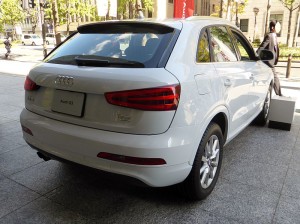 14 cm – 2015-2016 Audi Q3.
14 cm – 2015-2016 Audi Q3.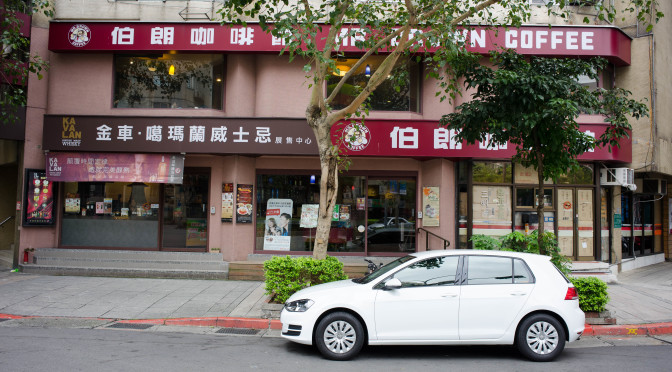
 22 cm –
22 cm – 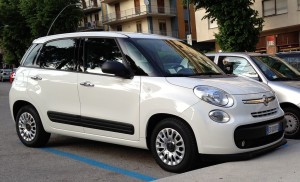
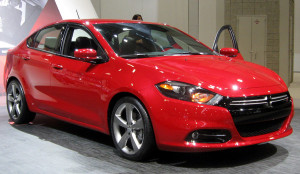
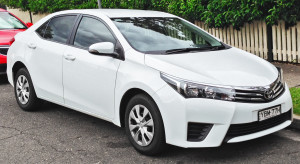
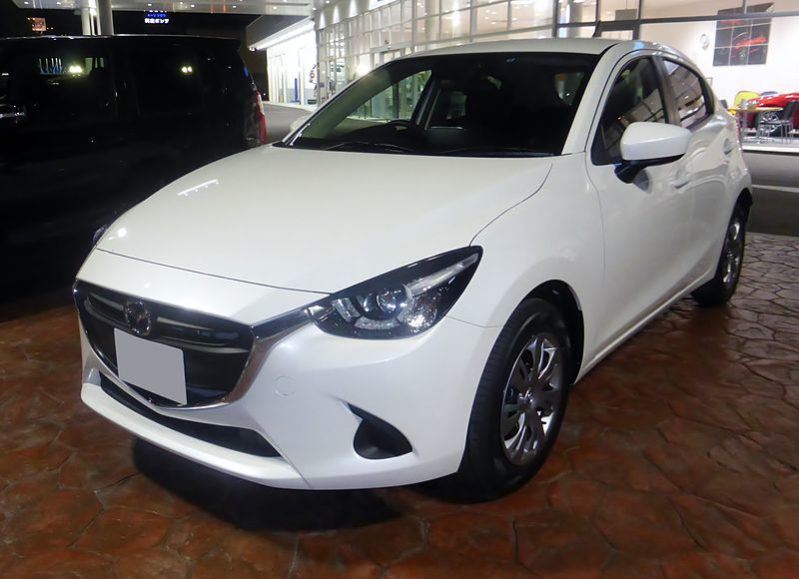 18.5 cm – 2016 Scion iA.
18.5 cm – 2016 Scion iA.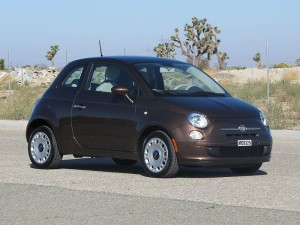 17.5 cm – 2012-2015 Fiat 500.
17.5 cm – 2012-2015 Fiat 500.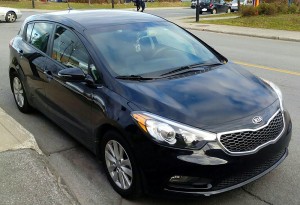 17 cm –
17 cm – 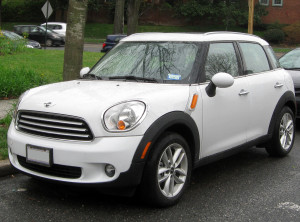 16.5 cm – 2011-2015 Mini Cooper Countryman.
16.5 cm – 2011-2015 Mini Cooper Countryman.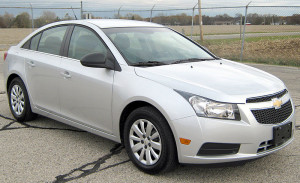 15.5 cm –
15.5 cm – 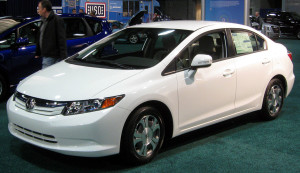
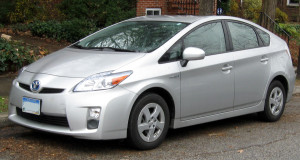
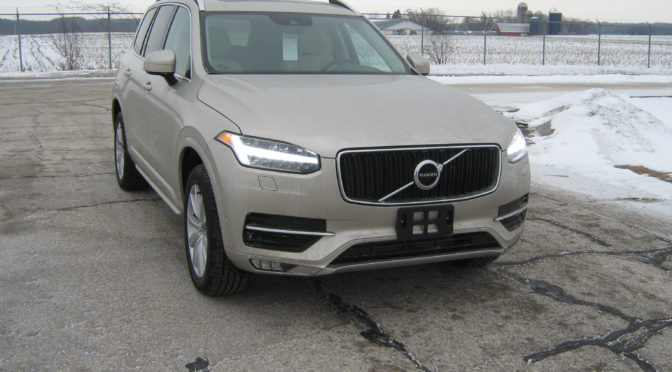
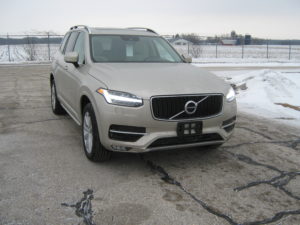
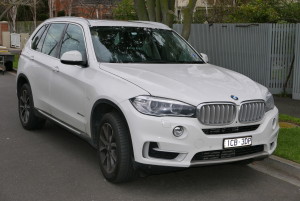 25 cm –
25 cm – 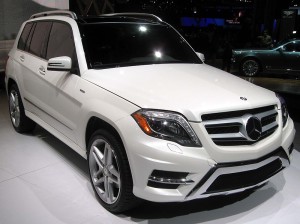
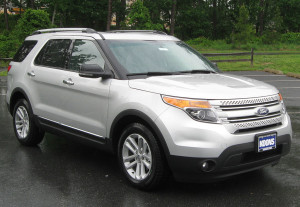 23.5 cm –
23.5 cm – 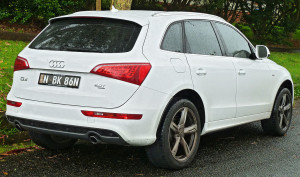 23 cm –
23 cm – 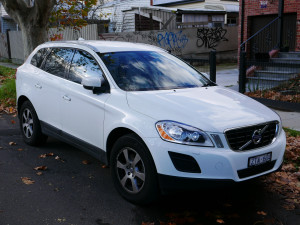
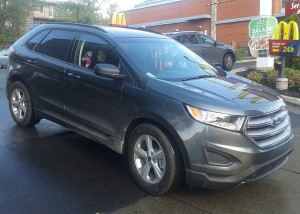
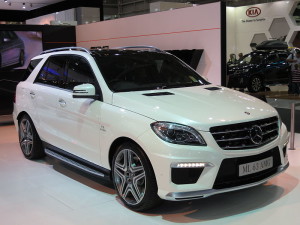 19-20 cm –
19-20 cm – 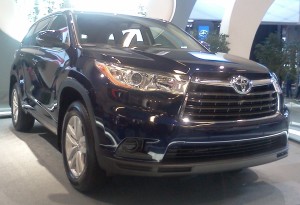 18.5 cm –
18.5 cm – 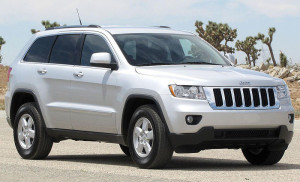 18.5 cm –
18.5 cm –